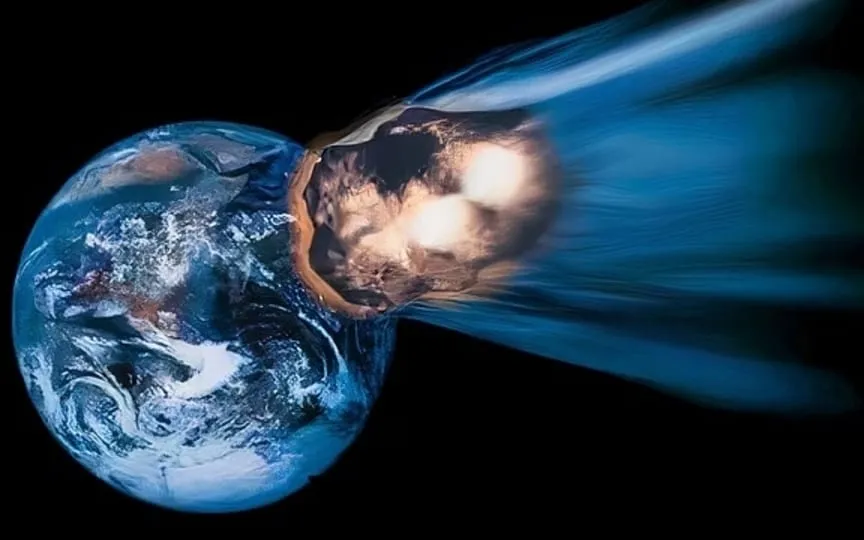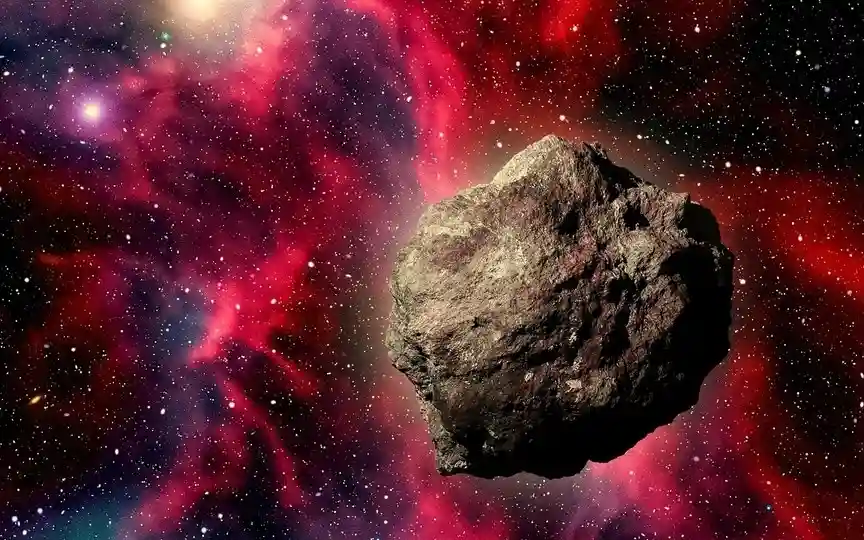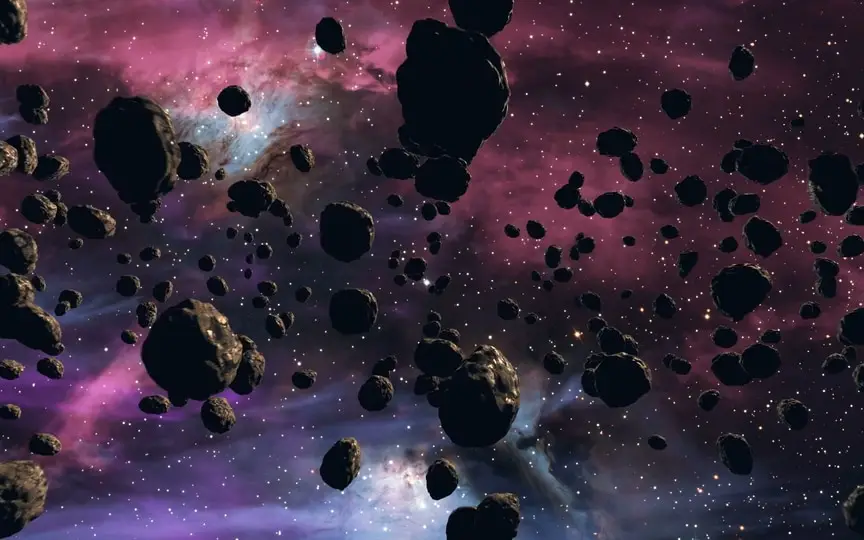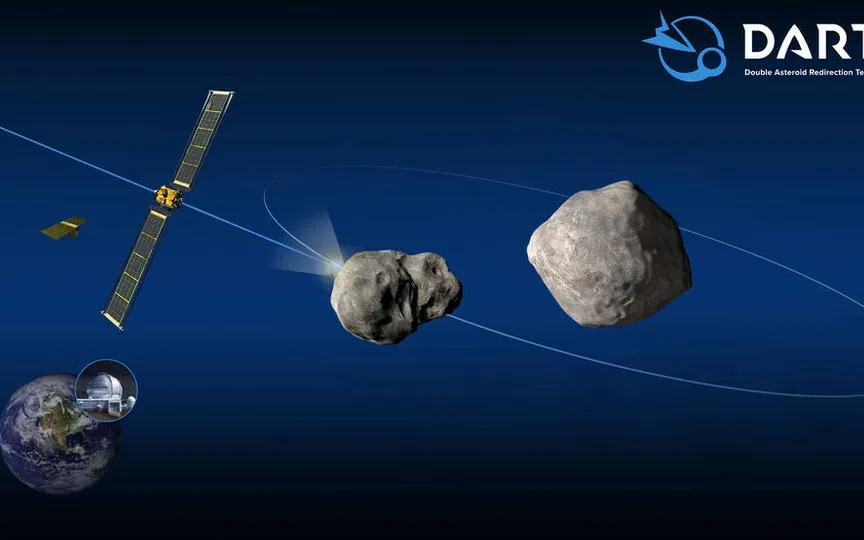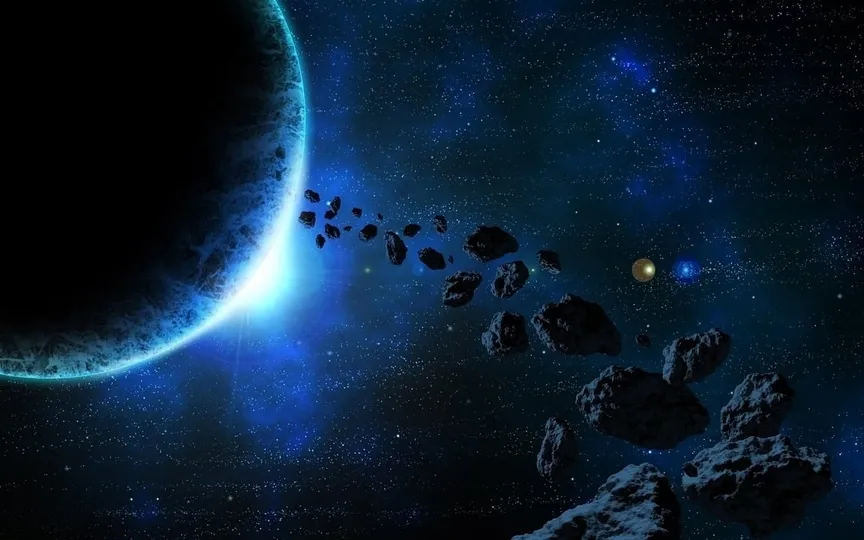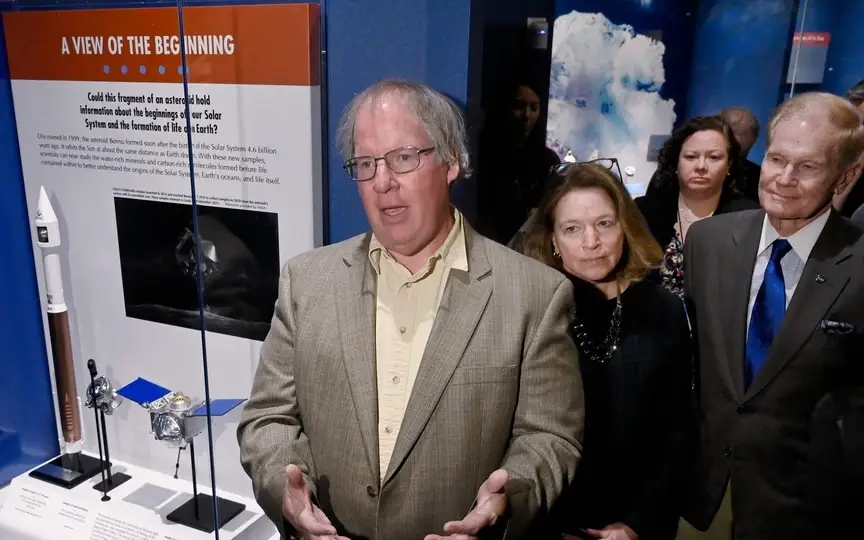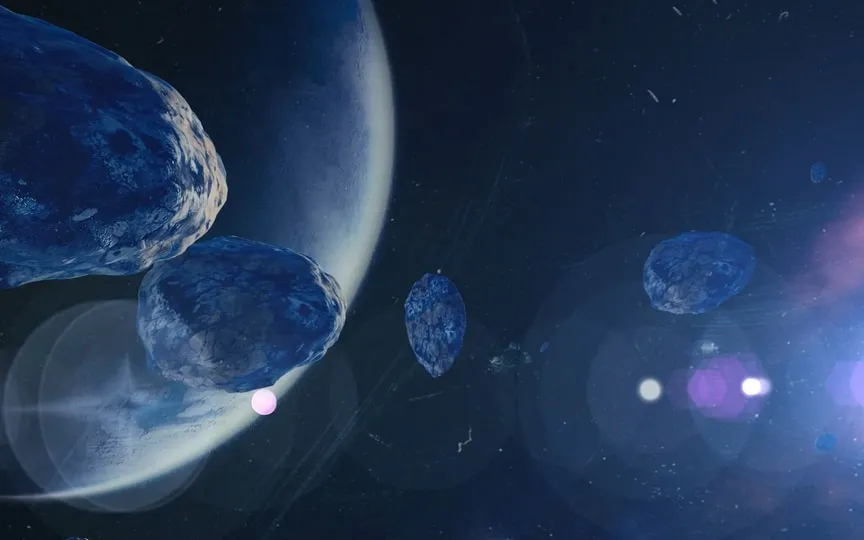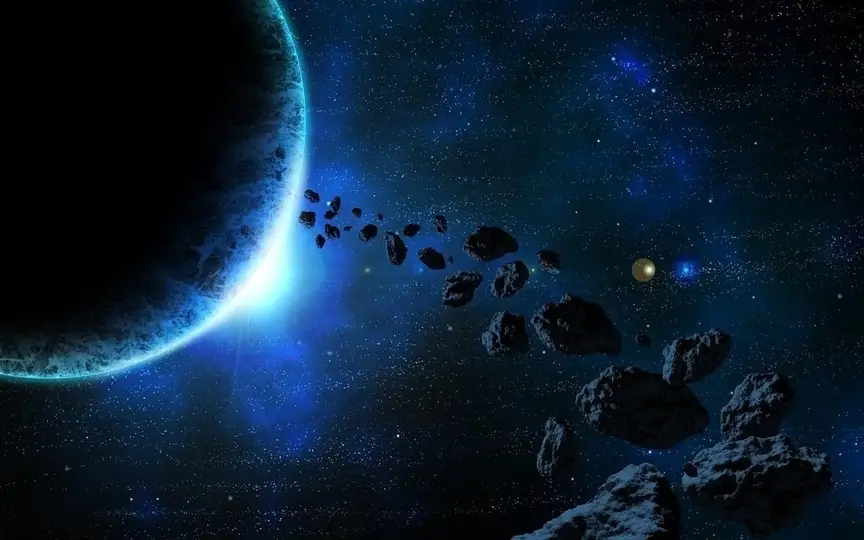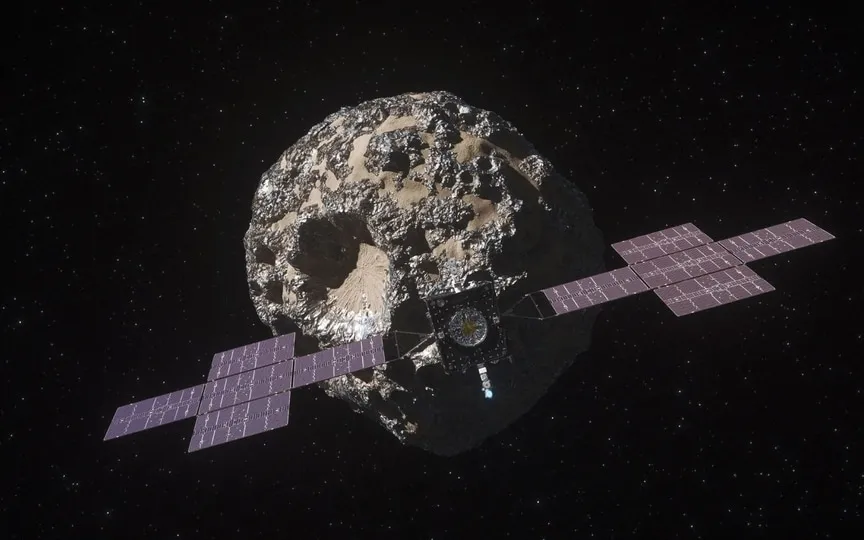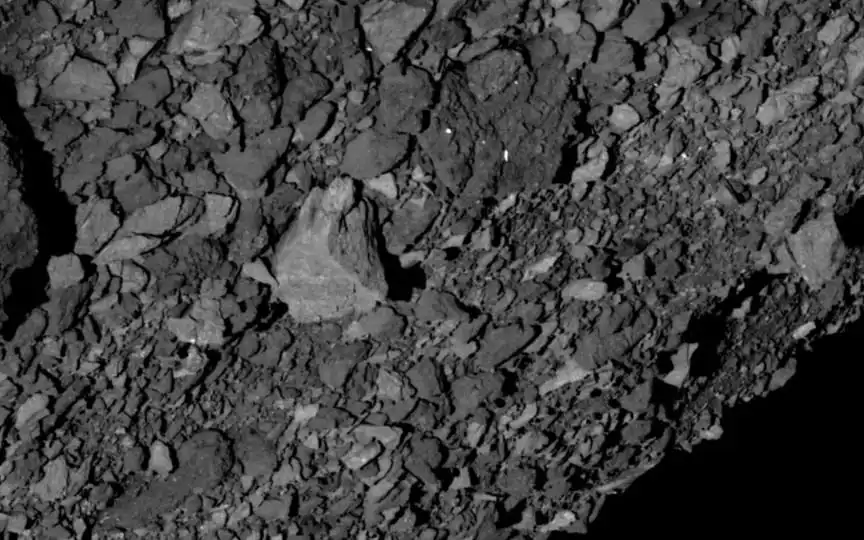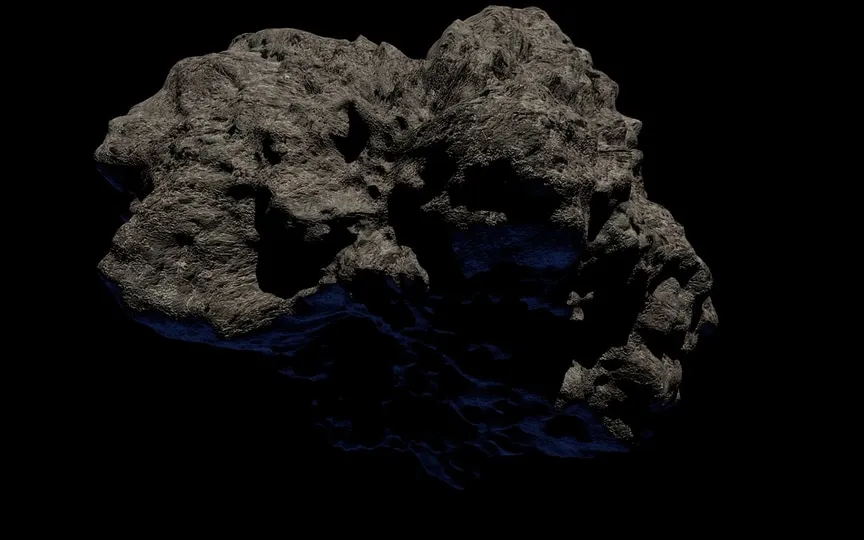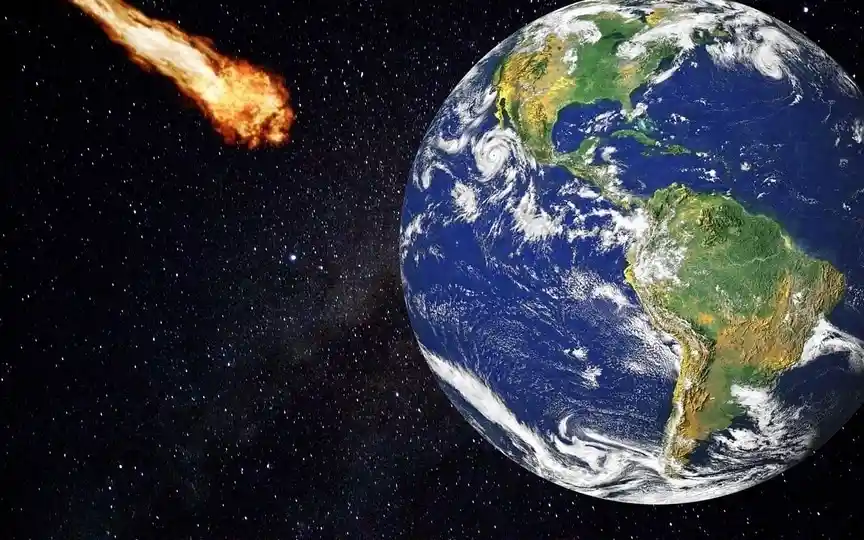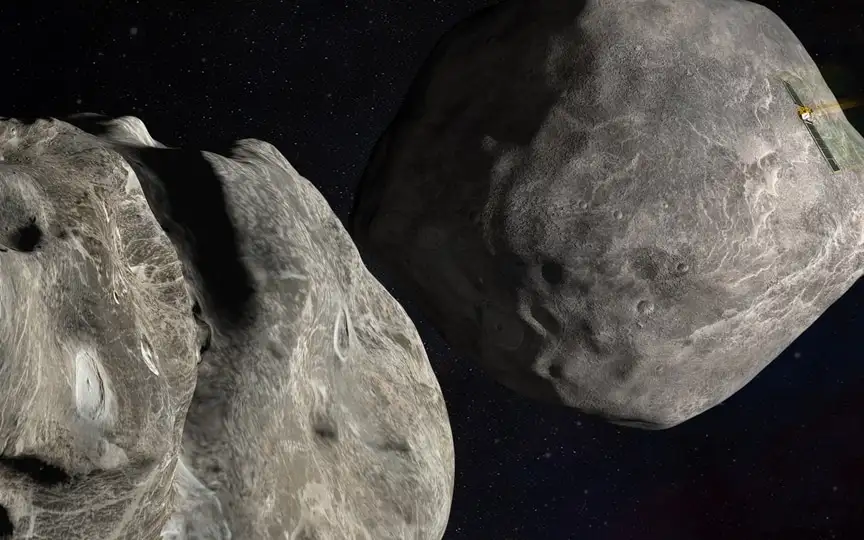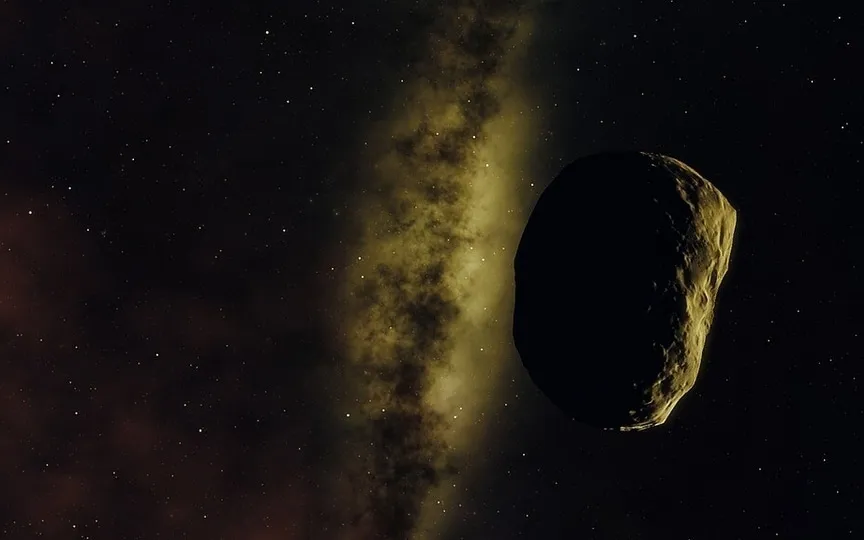NASA reports that a massive 350-foot asteroid will come close to Earth today – find out the distance it will pass by
Two asteroids came close to Earth yesterday, with one measuring nearly 120 feet wide, almost the size of an aircraft. Despite their proximity, these asteroids were not a danger to Earth and had no chance of hitting the planet. NASA explains that these close encounters occur due to the gravitational pull of large planets, which can redirect asteroids towards Earth, potentially leading to an impact. Using advanced technology, the US Space Agency has identified another asteroid that is expected to pass by Earth today, February 29. Asteroid 2024 CA7: Details…
Read More
